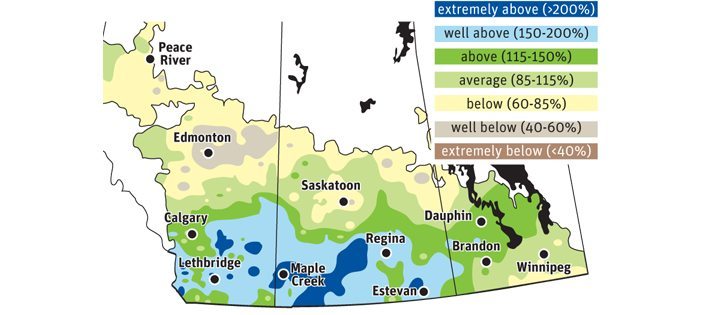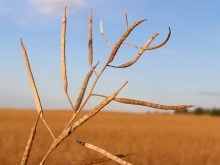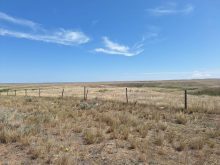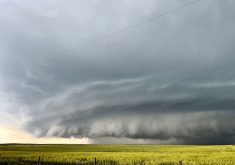Record rainfall in Saskatchewan this spring and summer is causing concern heading into winter freeze-up.
The Water Security Agency said last week that some parts of the province are wetter than they were in the record-setting fall of 2010.
Rainfall amounted to 150 to 200 percent of normal across most of the province, particularly during the first half of the growing season.
It dried up a bit in September and October, but the subsoil in the grain belt is almost fully charged, said an agency report issued Nov. 20.
Read Also

Petition launched over grazing lease controversy
Battle continues between the need for generation of tax revenue from irrigation and the preservation of native grasslands in southern Alberta rural municipality.
Doug Johnson, acting executive director of the agency’s integrated water services, said eastern Saskatchewan is at particular risk because that’s where soil moisture is highest.
If the coming snow pack is even close to normal, the flood risk is greater for next spring simply because there is no place for the water to go.
Fall conditions, the snow pack and how fast the spring melt occurs will determine the risk, and there are still too many unknowns to make accurate flood predictions.
Johnson said forecasts from Environment Canada and the U.S. National Weather Service and data from the Pacific Ocean currents are used to calculate snow pack.
“In terms of the Pacific Ocean currents, all of those conditions are really suggesting that the winter precipitation might be a little less than normal,” Johnson said.
“Environment Canada, on the other hand, has conditions where they’re calling for a little bit above normal precipitation.”
The agency is expecting near normal precipitation until the end of January. Spring runoff reports will begin in February.
Maps provided by the agriculture ministry show topsoil moisture conditions are generally adequate with pockets of surplus moisture near Moose Jaw, Wynyard, Broadview and Moosomin. Some areas near Lloydminster, Outlook and Tisdale are actually short moisture.
“Current soil moisture conditions indicate that infiltration capacity will likely be minimal during 2015 spring runoff across most of the grain belt, unless a prolonged snow melt occurs in 2015,” said the report.
“Exceptions may be the area ex-tending from Hudson Bay to Nipawin and an area north of Lloydminster.”
Johnson also said streams and creeks that typically flow only in spring and summer are still flowing now, which could result in thin ice. Some creeks in the southeast are flowing at record levels for this time of year.
Municipalities and residents who want to protect property by building temporary or permanent flood mitigation works can use the Emergency Flood Damage Reduction Program, which offers cost sharing and technical support.
The government has spent more than $30 million in the last four years on 600 permanent works, Johnson said. The program has paid more than $14 million to 1,340 clients for farmyard work.
Johnson said the best case scenario for the coming winter would be a warmer, drier season similar to 2012.
karen.briere@producer.com
















